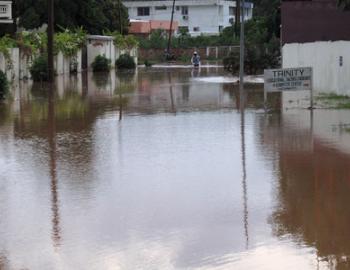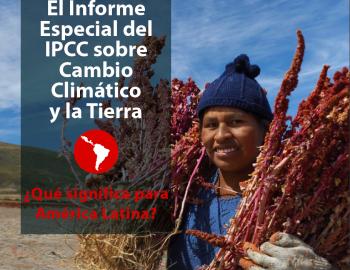Aerosols: How they affect atmospheric warming
Aerosols: How they affect atmospheric warming
This short film, from the Raising Risk Awareness initiative, looks at how aerosols affect atmospheric warming.
In climate science, the word ‘aerosol’ is generally used to mean “atmospheric particulate”, particles like dust and sea salt that occur naturally and others that come from the burning of types of fossil fuels and biomass. This is not to be confused with ozone-damaging chlorofluorocarbons (CFCs) released from spray cans.
Like greenhouse gases, aerosols affect the Earth’s radiative balance, intercepting solar radiation and either reflecting it back or absorbing it high in the atmosphere. Overall, aerosols have had a cooling effect on the surface, countering global warming.
However, aerosols come with a host of negative impacts, specifically on climate and weather patterns, and on human health. The World Health Organization estimates that these pollutants are one of the leading causes of worldwide mortality, contributing to as many as seven million premature deaths each year.
The Raising Risk Awareness initiative uses state-of-the-art science to help Asian and African societies to understand the role of climate change in extreme weather events and prepare for future ones.



